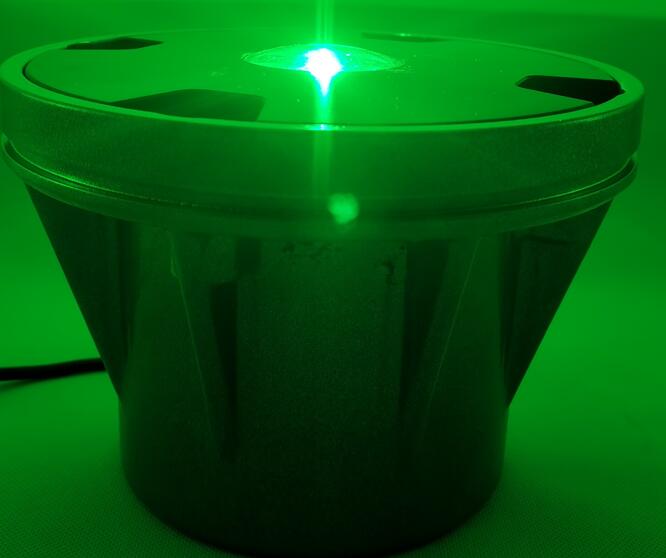FAA Heliport Lighting Requirements: Ensuring Safe and Compliant Operations
Heliport lighting plays a crucial role in aviation safety, particularly during nighttime and low-visibility conditions. The FAA heliport lighting requirements establish strict guidelines to ensure pilots can safely navigate takeoffs, landings, and ground movements. This article explores the key components of these regulations, including light types, placement, and operational standards.
Key FAA Heliport Lighting Requirements
The Federal Aviation Administration (FAA) outlines specific lighting standards in Advisory Circular (AC) 150/5390-2C. These requirements apply to both ground-level and elevated heliports, ensuring consistency and safety across all operations.
1. Perimeter Lighting
Purpose: Defines the heliport’s boundaries.
Color: Typically green for ground heliports and blue for hospital or elevated helipads.

Spacing: Lights must be uniformly placed no more than 25 feet apart.
Intensity: Must be bright enough for visibility but not cause glare.
| faa heliport lighting requirements |
2. Touchdown and Lift-Off Area (TLOF) Lighting
Purpose: Marks the designated landing zone.
Color: Usually white or yellow.
Configuration: Can be flush-mounted or elevated, depending on heliport design.
Visibility: Must remain unobstructed and free from reflective surfaces.
3. Approach and Departure Path Lighting
Purpose: Guides pilots during approach and takeoff.
Types: May include flashing strobes, steady-burning lights, or LED systems.
Alignment: Should clearly indicate the preferred flight path.
| faa heliport lighting requirement |
4. Floodlighting
Purpose: Provides general illumination for ground operations.
Placement: Must avoid glare while ensuring even light distribution.
Controls: Should be adjustable based on ambient light conditions.
5. Obstruction Lighting
Purpose: Warns pilots of nearby structures or hazards.
Color: Red (for nighttime) or white (for daytime).
Requirements: Mandatory for objects exceeding certain height limits near the heliport.
6. Wind Direction Indicators
Lighted Wind Cone: Required for night operations.
Placement: Must be visible from all approach angles.
Compliance with FAA Standards
The FAA heliport lighting requirements emphasize:
Reliability: Backup power systems must be in place to prevent outages.
Durability: Lights should withstand weather, rotor wash, and mechanical stress.
Maintenance: Regular inspections and cleaning are mandatory.
Heliports must also adhere to FAA Part 77 (Obstruction Standards) and AC 150/5345-53 (Airport Lighting Equipment Certification).
Best Practices for Heliport Lighting
Use LED Technology – Energy-efficient and long-lasting.
Minimize Glare – Proper angling and shielding of lights.
Ensure Redundancy – Backup power for critical lighting systems.
Conduct Routine Checks – Verify functionality before night operations.
Adhering to FAA heliport lighting requirements is essential for safe helicopter operations. Proper lighting enhances pilot visibility, reduces accidents, and ensures regulatory compliance. Whether for emergency medical services, offshore platforms, or private helipads, following these standards guarantees operational safety and efficiency.
